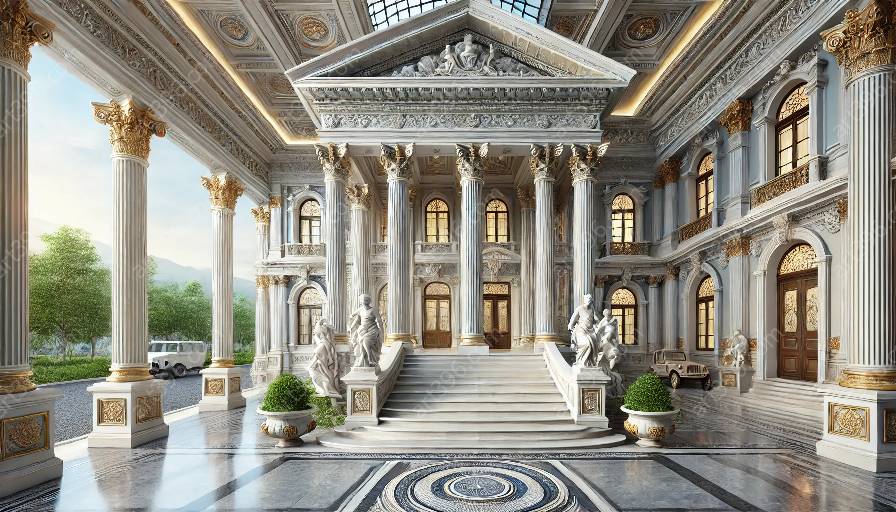Brutalist architecture has a profound impact on the social dynamics and experiences of individuals living or working in such structures. The imposing, often stark appearance of brutalist buildings can evoke strong emotions and influence the way people interact within these spaces. This article delves into the various social implications of living or working in a brutalist building, addressing both the positive and negative aspects of this architectural style.
Understanding Brutalist Architecture
Before exploring the social implications, it is essential to comprehend brutalist architecture itself. Originating in the mid-20th century, brutalism is characterized by its raw, exposed concrete surfaces and geometric forms. These buildings are often monumental in scale, with a focus on functionality and an absence of decorative elements. The architectural style often provokes polarized reactions due to its imposing and utilitarian aesthetic.
Sense of Community and Identity
One of the significant social implications of living or working in a brutalist building is its impact on fostering a sense of community and identity among its occupants. The imposing and uniform nature of these structures can create a strong sense of belonging and solidarity among the individuals who inhabit or utilize the spaces. The shared experience of living or working within the confines of a brutalist building can lead to the formation of tight-knit communities and distinct social identities.
Controversy and Alienation
However, the harsh and unyielding appearance of brutalist buildings can also lead to feelings of controversy and alienation among their inhabitants. The lack of warmth and human scale in these structures can create an atmosphere that feels isolating and unwelcoming, particularly for those who are unaccustomed to or unappreciative of brutalist architecture. The prevalence of negative perceptions regarding brutalist buildings can contribute to a sense of alienation and detachment from the broader community.
Impact on Mental Well-being
The social implications of living or working in a brutalist building extend to the occupants' mental well-being. The architectural style's emphasis on imposing, fortress-like forms can influence the psyche of individuals within these spaces. While some people may find the raw and unadorned aesthetic inspiring and empowering, others may experience feelings of confinement and unease, which can impact their mental health and overall well-being.
Transforming Public Spaces
Brutalist buildings often serve as prominent fixtures in urban landscapes, shaping the surrounding public spaces and interactions. These structures can evoke a sense of awe and contemplation, altering the dynamics of public gatherings and social activities. The imposing nature of brutalist architecture can inspire a range of emotions, from curiosity to reverence, thereby influencing how individuals engage with public spaces and each other.
Urban Revitalization and Adaptation
In recent years, there has been a growing movement to revitalize and repurpose brutalist buildings, recognizing their historical and architectural significance. This trend has led to the adaptation of these structures into mixed-use spaces, such as art galleries, community centers, and residential units. By repurposing brutalist buildings, efforts are made to reshape the social implications associated with these structures, fostering renewed community engagement and appreciation for their distinctive architectural character.
Conclusion
Living or working in a brutalist building carries a myriad of social implications, from shaping community identity to influencing mental well-being. While the raw and imposing nature of brutalist architecture may provoke mixed reactions, it undeniably leaves a lasting imprint on the social fabric of its occupants and the broader urban environment. Understanding and acknowledging the social implications of brutalist buildings is crucial for fostering inclusive and sustainable architectural environments that cater to diverse human experiences.





























































